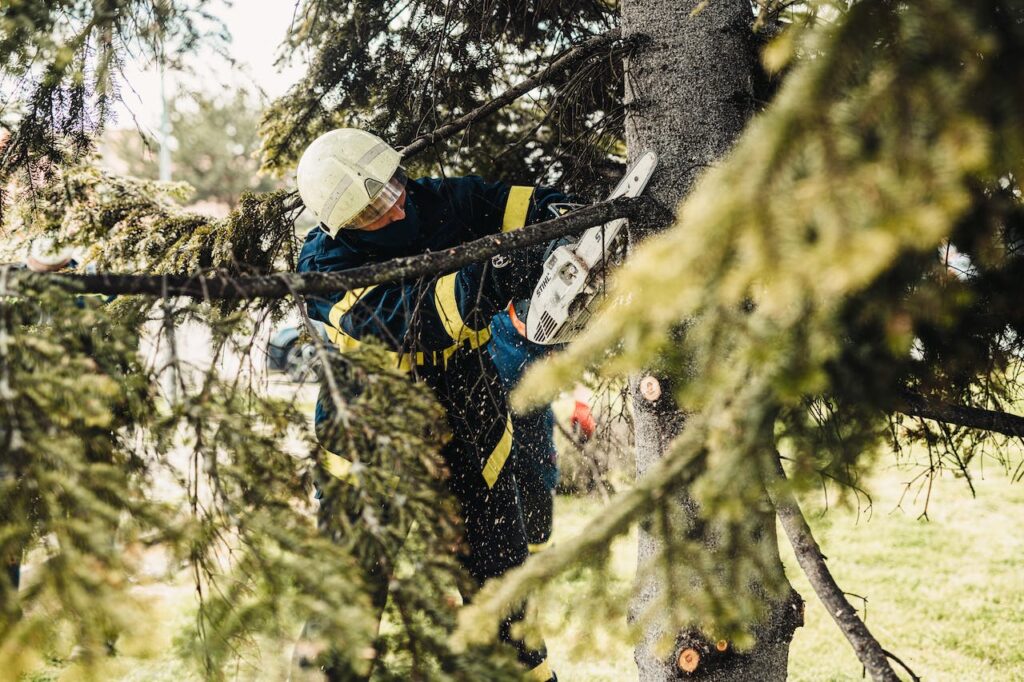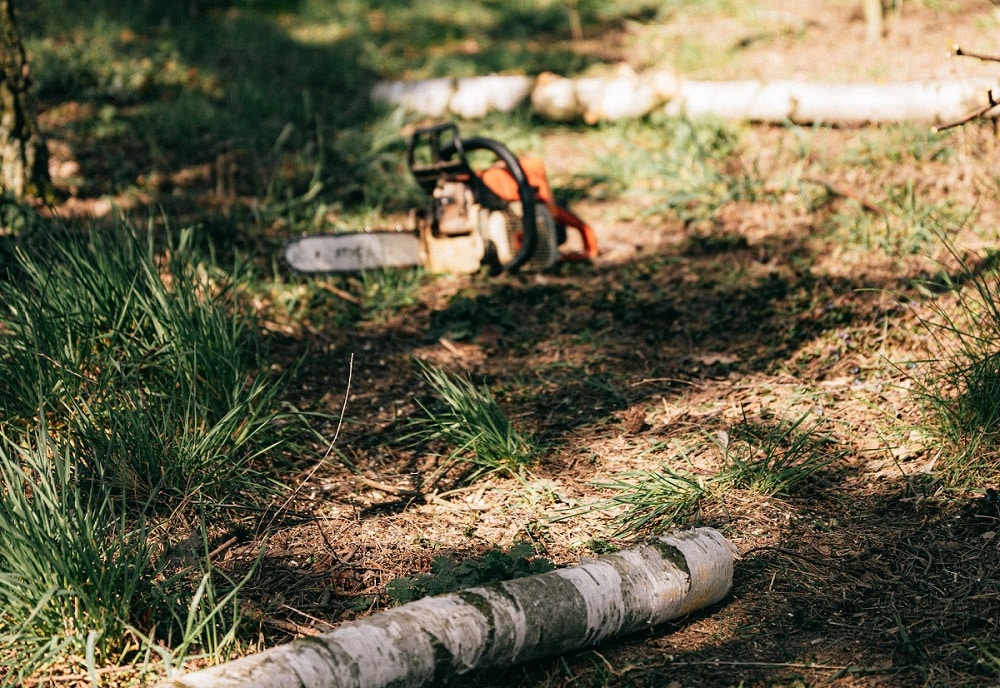
Welcome to our comprehensive guide on tree trimming, where we delve into the crucial question on every arborist and homeowner’s mind: When is the best time to trim trees? Whether you’re an avid gardener or a property owner looking to maintain your landscape, understanding the optimal timing for tree trimming is essential for the health and vitality of your greenery. As we explore the intricacies of tree care, we’ll address the factors that influence the timing of tree pruning and provide valuable insights into when is the best time to trim a tree. Join us on this journey to cultivate a deeper understanding of tree maintenance practices that promote not only aesthetic appeal but also the long-term well-being of your arboreal companions.
Unveiling Nature’s Pruning Calendar
Nature operates on its own schedule when it comes to tree maintenance, and understanding this organic calendar is crucial for fostering healthy growth.
Spring Blossoms: Embrace the Rejuvenating Energy of Spring
In spring, trees burst forth with new life and energy. This period is ideal for trimming as the trees actively exhibit fresh growth. Pruning during spring promotes vigorous development, allowing the tree to channel its resources into creating a robust structure and producing abundant foliage.
Summer Glory: Shaping Canopies for Sunlight Exposure
As summer arrives, attention turns to shaping the tree’s canopy. Trimming during this season is focused on enhancing sunlight exposure to lower branches and the tree’s interior. This helps maintain a balanced distribution of sunlight, fostering healthy photosynthesis and overall growth.
Dormant Winter: Structural Pruning for Future Growth
Winter brings dormancy, a period where the tree conserves energy. This time is opportune for structural pruning, as the absence of active growth allows for strategic shaping. By trimming during winter, the tree establishes a strong framework that sets the stage for robust growth when spring returns.
The Importance of Timing When it Comes to Trimming Trees
Understanding and adhering to nature’s pruning calendar is vital for various reasons:
Optimal Growth
Trimming in sync with the tree’s natural growth cycle maximizes the effectiveness of the pruning process. It aligns with the tree’s biological rhythms, encouraging optimal development and resource utilization.
Disease Prevention
Timing is a critical factor in disease prevention. Pruning at the right moments reduces the risk of infections, as fresh wounds incurred during active growth phases heal more efficiently. Properly timed pruning minimizes stress on the tree, enhancing its ability to ward off potential diseases.
Factors Influencing Timing
Several factors influence the timing of tree pruning:
Tree Species: Understanding Unique Growth Patterns
Different tree species follow distinct growth patterns. Knowing the specific characteristics of each species is essential for determining the most appropriate time for pruning. Some trees may thrive with early spring trimming, while others benefit more from a winter pruning regimen.
Local Climate: Impact on Dormancy and Growth Spurts
The local climate plays a crucial role in tree behavior. Understanding when trees enter dormancy or experience growth spurts is contingent on the regional climate. Tailoring pruning activities to match these climate-induced cycles ensures that the tree’s natural rhythms are respected and utilized for maximum benefit.
So, When Is the Best Time to Trim a Tree?
Determining the best time to trim trees depends on various factors, but a general guideline is to conduct pruning during late winter to early spring when the tree is dormant. This period ensures minimal stress on the tree and promotes robust growth as it enters an active phase.
However, it’s crucial to consider the specific needs of different tree species. Deciduous trees benefit from pruning during late winter or early spring, while evergreens thrive with a trim in spring or a light pruning in late summer.
Timing is paramount, aligning with the natural growth cycle, fostering optimal development, and reducing the risk of diseases. Always be attuned to the unique characteristics of your tree and the local climate, as these elements play a significant role in determining the ideal time for tree trimming.
Contact Treewurk for Professional Tree Trimming in Georgia
Treewurk stands as a premier professional tree care company dedicated to enhancing the health, safety, and beauty of your landscape. Serving Kennesaw, Marietta, and the greater Atlanta Metro areas in Georgia, our team of skilled arborists is committed to delivering top-notch tree trimming services. With a focus on customer satisfaction and the well-being of your trees, Treewurk combines expertise with state-of-the-art equipment to ensure the highest quality of care. We invite residents in and around these regions to reach out to Treewurk for a free quote or to explore the full range of services we offer. Trust Treewurk to transform your outdoor space into a thriving and aesthetically pleasing environment. Contact us today and let us elevate your tree care experience.

FAQs
The optimal time for tree trimming generally falls during late fall or winter when trees are in a dormant state. However, certain species and specific circumstances may warrant trimming at different times.
While some pruning can be done year-round, it’s advisable to avoid major trimming during the active growing season in spring and summer. Winter and early spring are often preferred for most tree trimming activities.
Visible signs of disease, dead branches, or structural issues such as overhanging limbs are indications that your tree may need immediate attention. Contact Treewurk for a professional assessment.
The frequency of tree trimming depends on factors such as tree species, age, and health. Generally, a routine inspection and trim every 2 to 3 years can help maintain tree health and structural integrity.
